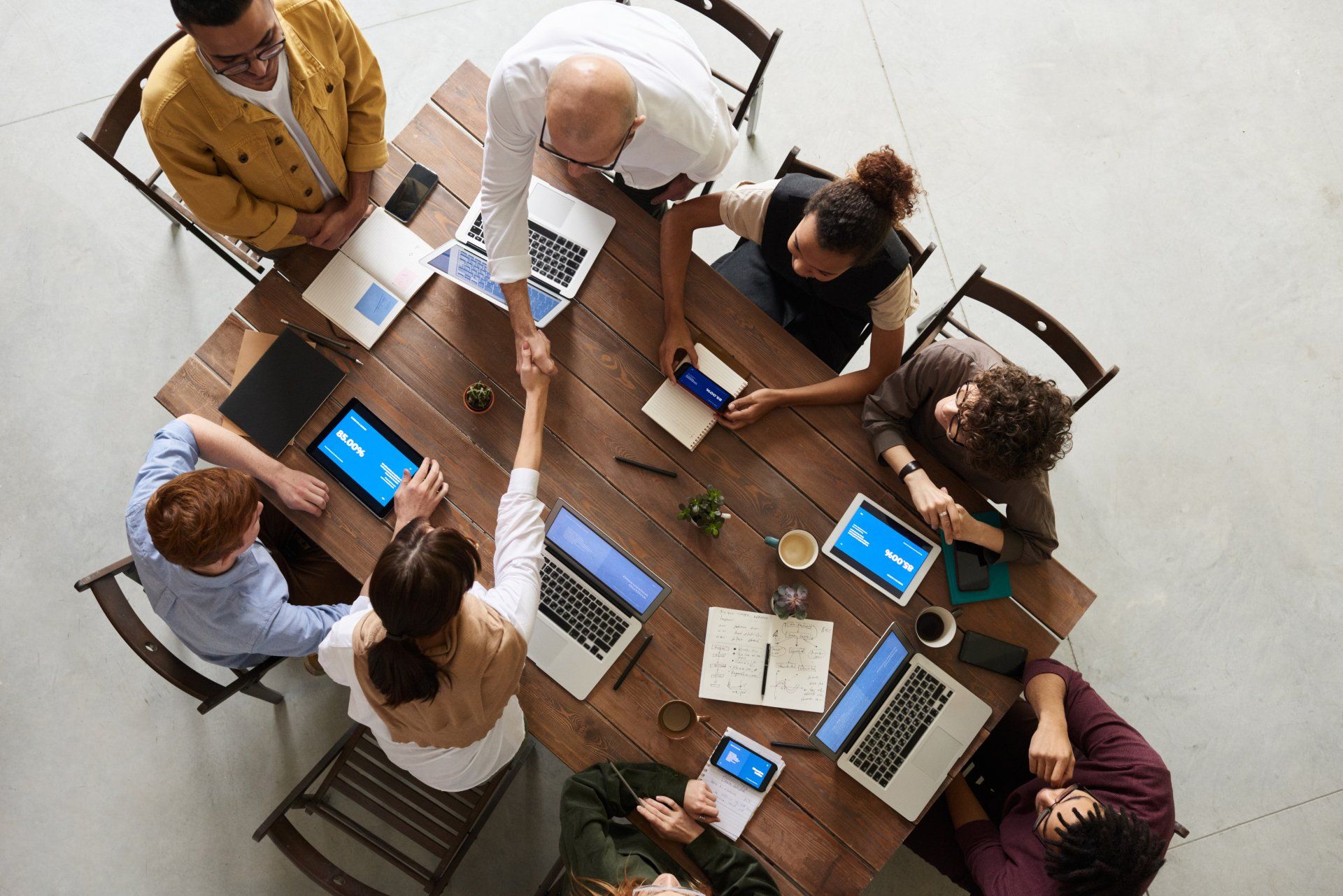Reclaim Your Edge: Practical Strategies for CEOs to Overcome Burnout
Erica Kesse
The demands on a CEO are relentless, but burnout doesn't have to be an inevitable outcome. Reclaiming your well-being and your strategic edge is possible. It requires a conscious and proactive approach, implementing strategies tailored to the unique pressures of your role.
Strategic Delegation: More Than Just Offloading Tasks
Effective delegation isn't simply about freeing up your to-do list; it's about empowering your team, fostering growth, and ultimately, reclaiming your time and mental energy. Trusting your team's capabilities and providing them with clear direction and autonomy can significantly reduce your workload and stress levels.
Time Boundaries: Protecting Your Most Valuable Resource
As a CEO, your time is your most precious commodity. Establishing and fiercely protecting boundaries between your professional and personal life is crucial for preventing and overcoming burnout. This might involve setting specific work hours, intentionally disconnecting in the evenings and on weekends, and scheduling dedicated time for personal pursuits and rest.
The Power of Connection: Building a Supportive Network
The feeling of isolation can be a significant contributor to CEO burnout. Cultivating a strong network of peers, mentors, and trusted advisors can provide invaluable support, perspective, and a safe space to share challenges and receive guidance. Actively seek out these connections and nurture those relationships.
Micro-Restoration: Small Habits for Big Impact
You don't need hours of downtime to find moments of restoration. Integrating small, intentional breaks throughout your day can have a significant impact on your stress levels and overall well-being. These "micro-restoration" moments could include a few minutes of mindful breathing, a short walk, listening to calming music, or simply stepping away from your screen to clear your head.
Seeking Professional Guidance: When and How to Engage Support
Recognizing the need for professional support is a sign of strength, not weakness. Engaging with a therapist or executive coach who understands the unique pressures of the CEO role can provide you with tailored strategies, coping mechanisms, and a confidential space to process challenges. Consider seeking professional guidance as a proactive investment in your long-term well-being and leadership effectiveness.
Overcoming burnout and reclaiming your edge is an ongoing process, not a destination. By implementing these practical strategies, you can build a more sustainable approach to leadership, one that prioritizes your well-being and allows you to lead with renewed focus, energy, and impact.



